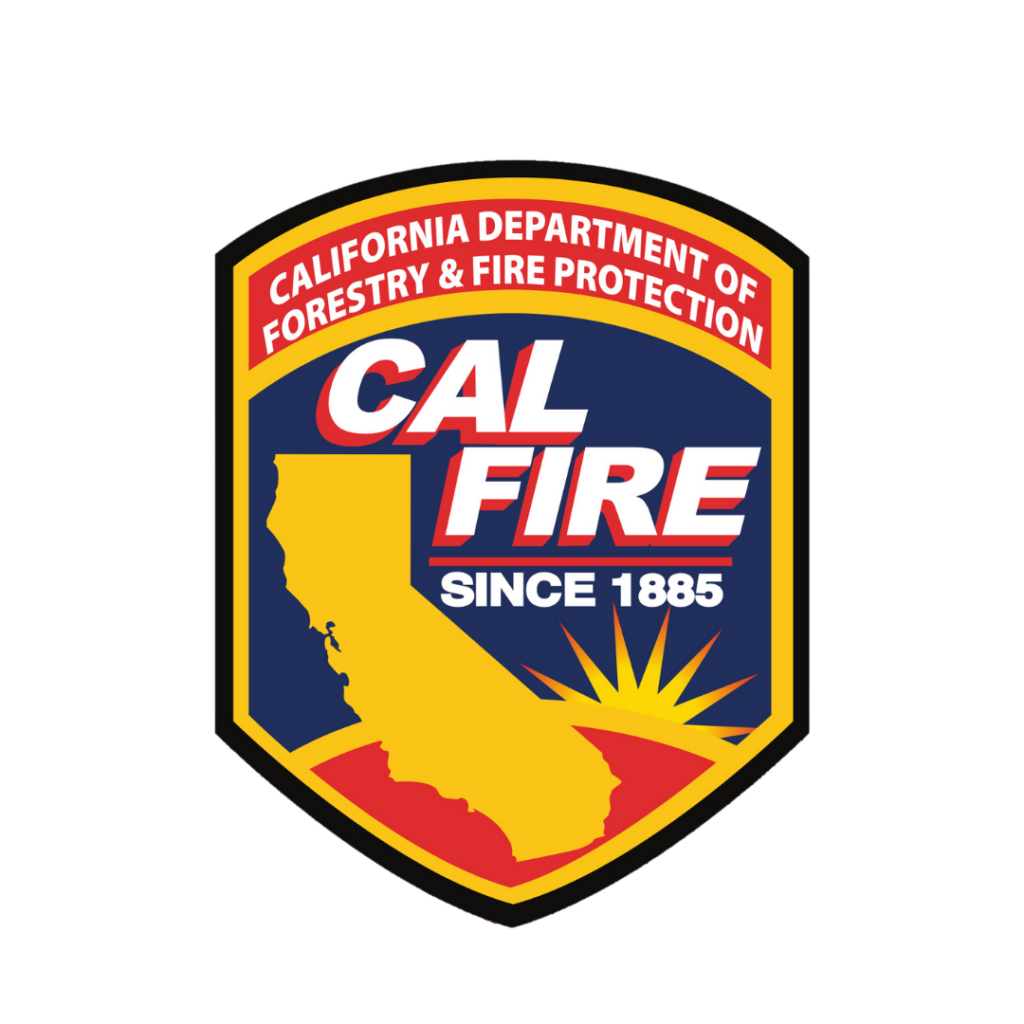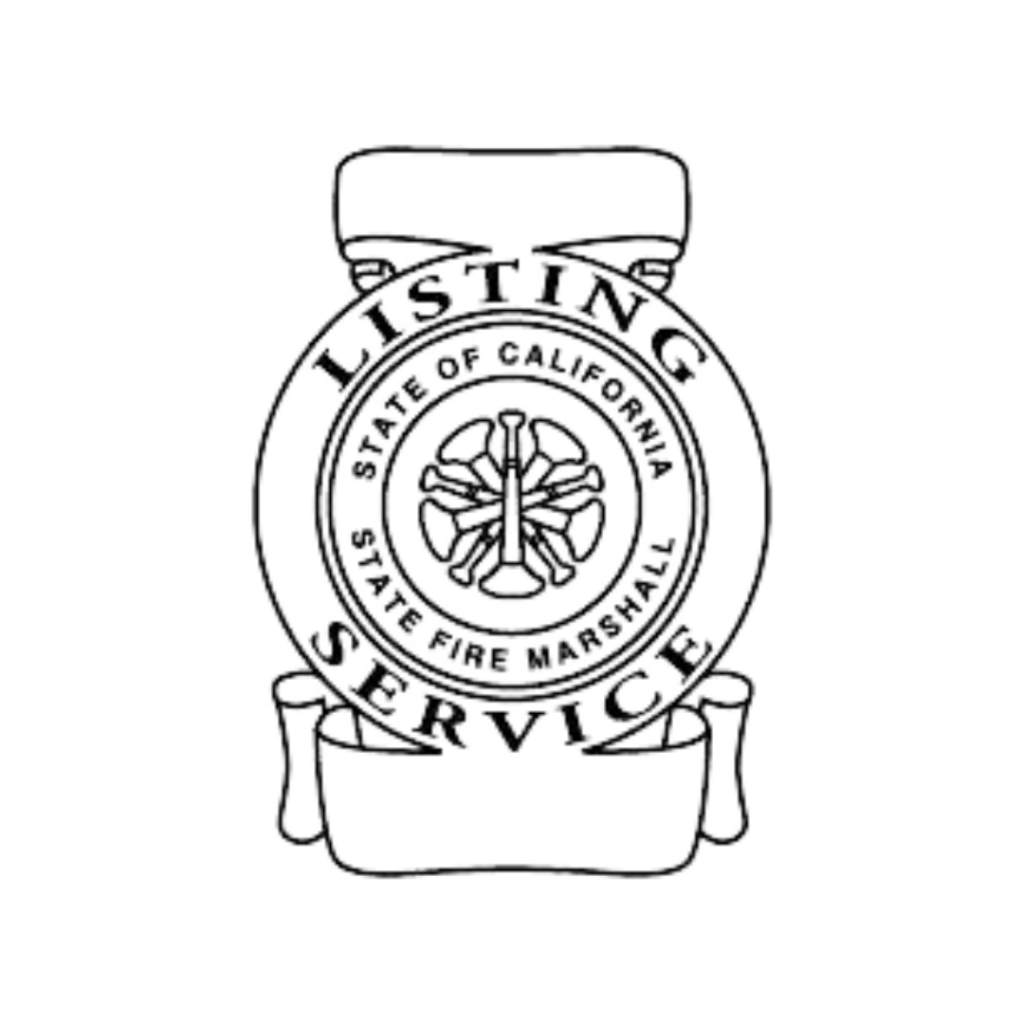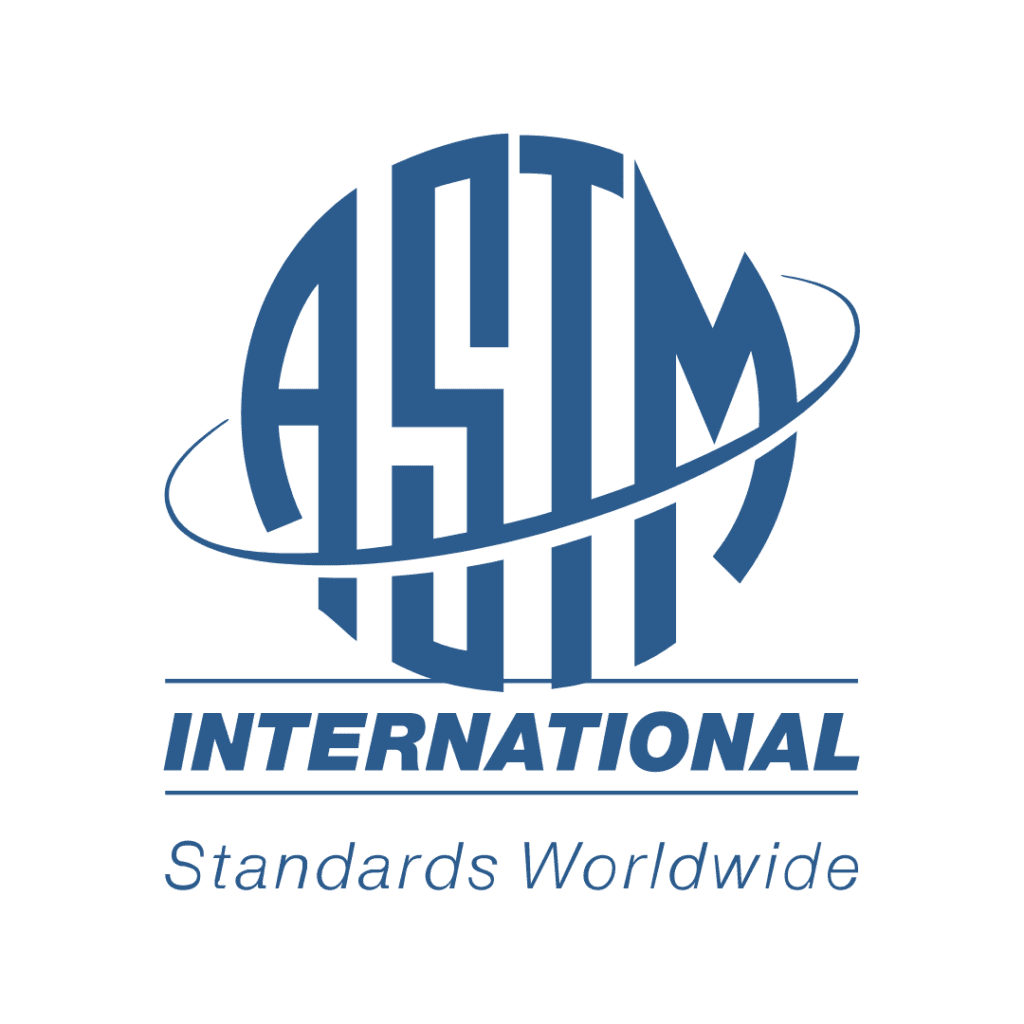Chapter 7A of the California Building Code establishes minimum standards to protect life and property for a building located in a Wildland-Urban Interface Fire Area by increasing its ability to resist the intrusion of flames or burning embers.
Brandguard Vents, a manufacturer of fire-resistant vents, created this guide to help homeowners understand how those standards apply to their homes, including new home construction, additions, and remodeling.
In short, Chapter 7A establishes requirements for fire and smoke protection features in building elements. It outlines standards for ignition-resistant construction and fire-resistant materials.
The code sets minimum standards for fire-resistance ratings of components like walls, firestops, shaft enclosures, partitions, smoke barriers, floors, fire-resistive coatings, and sprayed fire-resistant materials, among other items.
It even establishes standards for vegetation management to help reduce the risk of life-threatening wildfire spread.
Broadly speaking, Chapter 7A applies to new buildings located in any Fire Hazard Severity Zone or any Wildland-Urban Interface Fire Area. This includes residential, commercial, educational, and other building types.
There are some exceptions. For example, many utility buildings such as barns, carports, private garages, and sheds are exempt from some requirements of Chapter 7A.
A Wildland-Urban Interface Area is a geographical area where houses and wildland vegetation meet or intermingle, identified by the state as a Fire Hazard Severity Zone. It’s the area where wildfire problems are most pronounced and pose the greatest risk to people.
WUI includes developed areas with sparse or no wildland vegetation but within proximity of a large patch of wildland.
Wildfires frequently burn houses in the WUI. Because of the landscape and vegetation, wildfires in the WUI are difficult to fight. The vast majority of fires in Wildland-Urban Interface Areas are human-caused.
Yes! New buildings must comply with all applicable sections of the Building Code, including Chapter 7A. If you’re building a new home, this applies to you. Your builder is required to comply with the code’s wildfire protection measures.
You should review all applicable requirements of Chapter 7A with your architect, engineer, or design professional.
Generally speaking, Chapter 7A requires the exterior of a structure to be flame-resistant and ember-resistant during a wildfire. Some of the building components addressed by WUI regulations include:
If Chapter 7A covers your new construction home or commercial building, then your roof is subject to requirements designed to resist the intrusion of flames and embers.
Chapter 7A establishes standards for roof coverings, valleys, and gutters. These are in addition to other standards applicable to roof assemblies and rooftop structures outlined elsewhere in the California Building Code.
Chapter 7A defines certain accessory buildings and miscellaneous structures that can pose a significant fire exposure hazard during wildfires. In general, detached accessory buildings such as a shed, barn, or garage aren’t subject to Chapter 7A requirements if they’re located at least 50 feet from a building covered by the code.
To comply with Chapter 7A, material and assemblies must meet testing conditions outlined in the code. Products and materials ranging from exterior siding and windows to decking and vents must comply with standards unique to each of those products. All Brandguard Vents products comply with the fire code for use in high and very high fire risk zones.
Under the code, all ventilation openings for enclosed attics, soffit spaces, rafter spaces, and other openings must be covered with Wildland Urban Interface (WUI) vents approved and listed by the California State Fire Marshal.
This includes your gable end, foundation, crawl spaces, garage, eave, soffit, ridge, roof, and dormer vents. Vents listed as CalFire must test to ASTM E2886 by complying with all of these requirements:
Brandguard Vents is a leading manufacturer of fire-resistant rated vents. We’re tested and listed to meet the Chapter 7A code regulations above. We built our company with homeowners living in WUI areas in mind, and our products play an integral part in protecting your home from wildfires. Check out our product pages to learn more about our fire-resistant vents.
Chapter 49 lays out several requirements for Wildland-Urban Interface Areas that increase the ability of buildings in these areas to resist the intrusion of flame or burning embers during wildfires. The goal is to mitigate conditions where a wildfire threatens to destroy life, overwhelm fire suppression capabilities, or result in large property losses.
Together, Chapter 49 of the Fire Code and Chapter 7A of the Building Code work to reduce the risk of property loss and loss of life due to wildfire in our communities.
If you have more questions, read our Chapter 49 FAQ guide.
Wildfire code enforcement in most California counites is conducted by a variety of county, local, state, and federal agencies. While Chapter 49 of the California Fire Code sets minimum state standards, some fire agencies have adopted stricter codes, so always check with your local fire department and building department before starting a remodel project or new construction.
Similarly, Chapter 7A sets state-level standards for California; however, your locality may have additional building codes. Ask your architect, designer, engineer, or builder about Chapter 7A standards.


